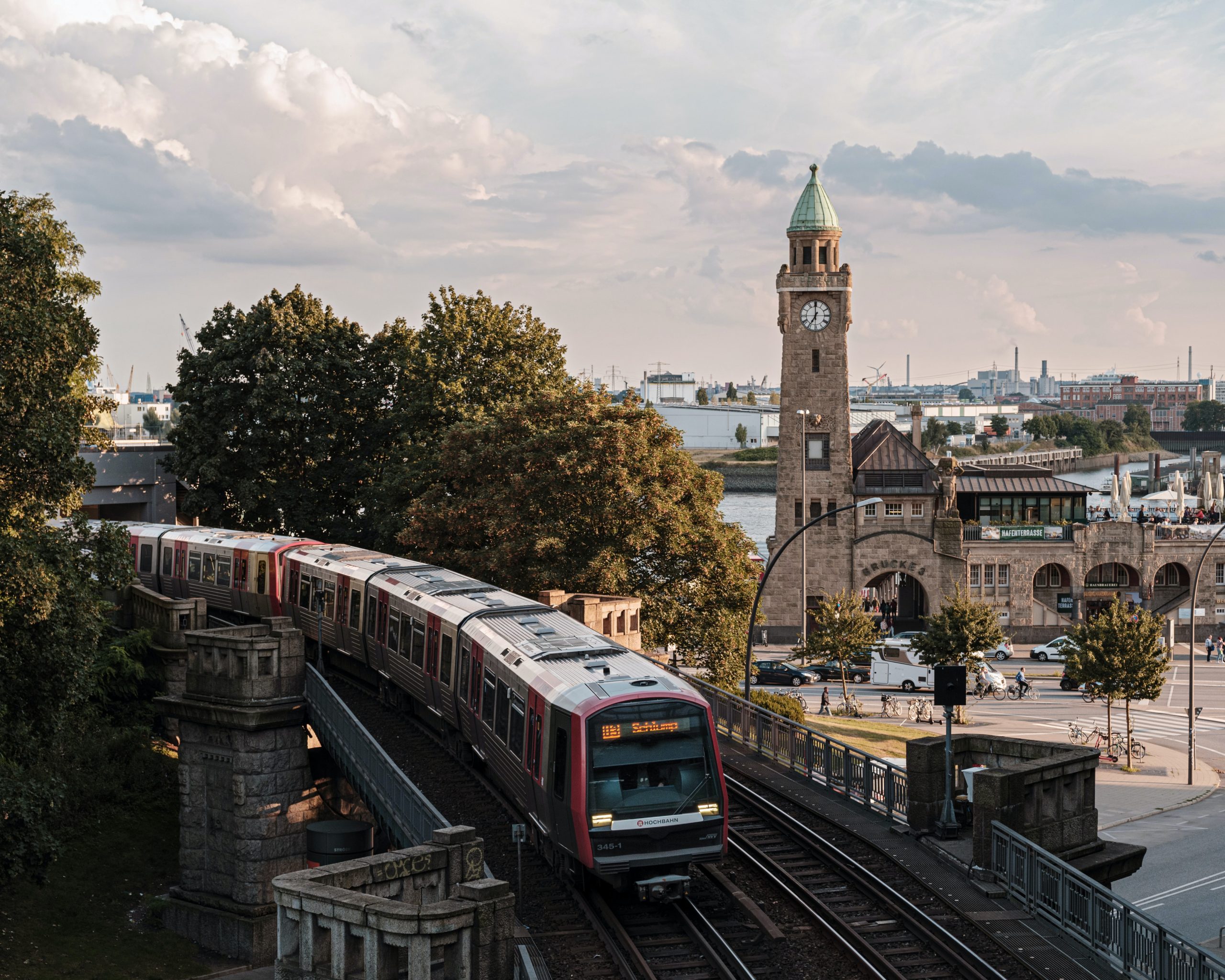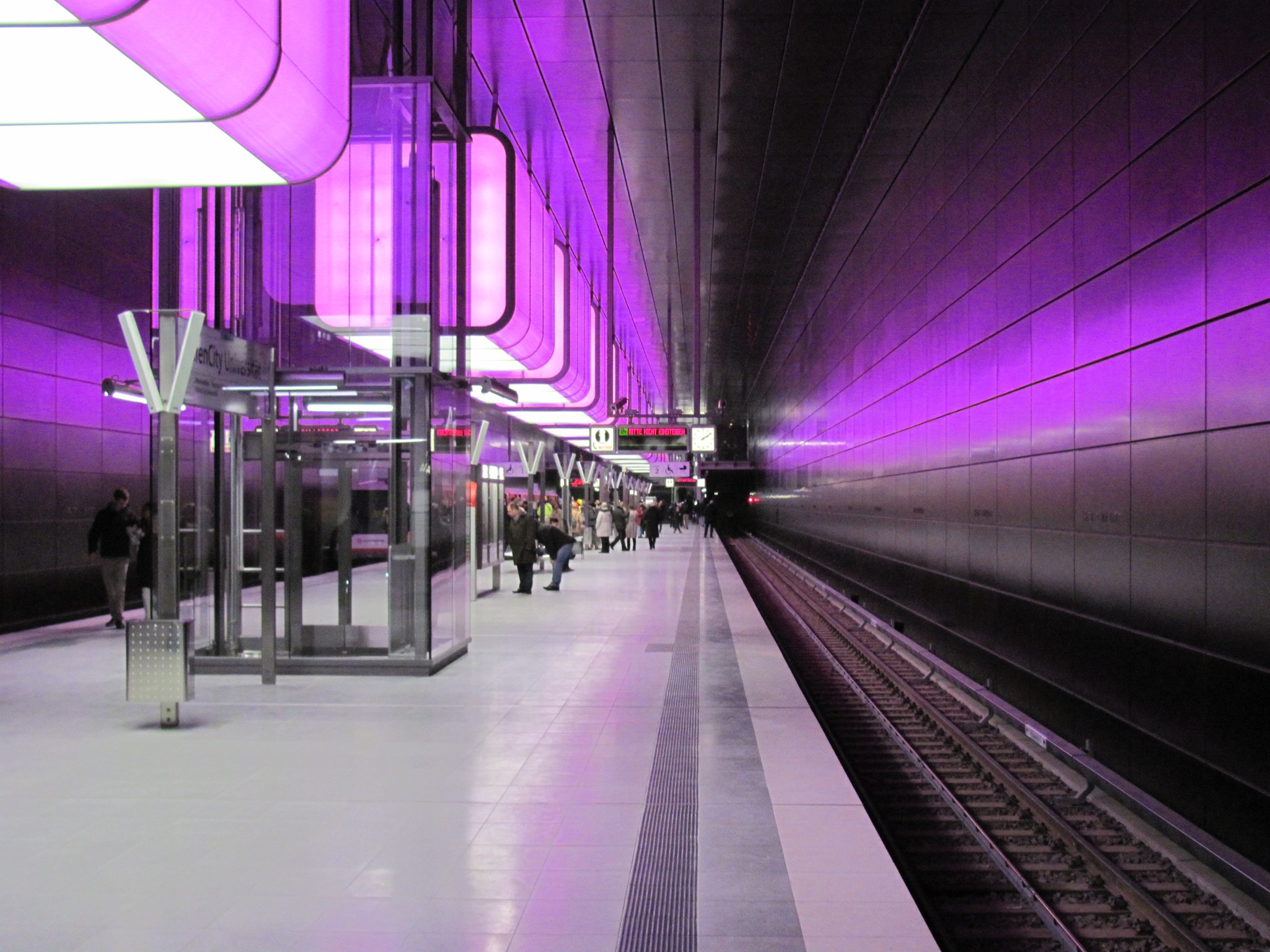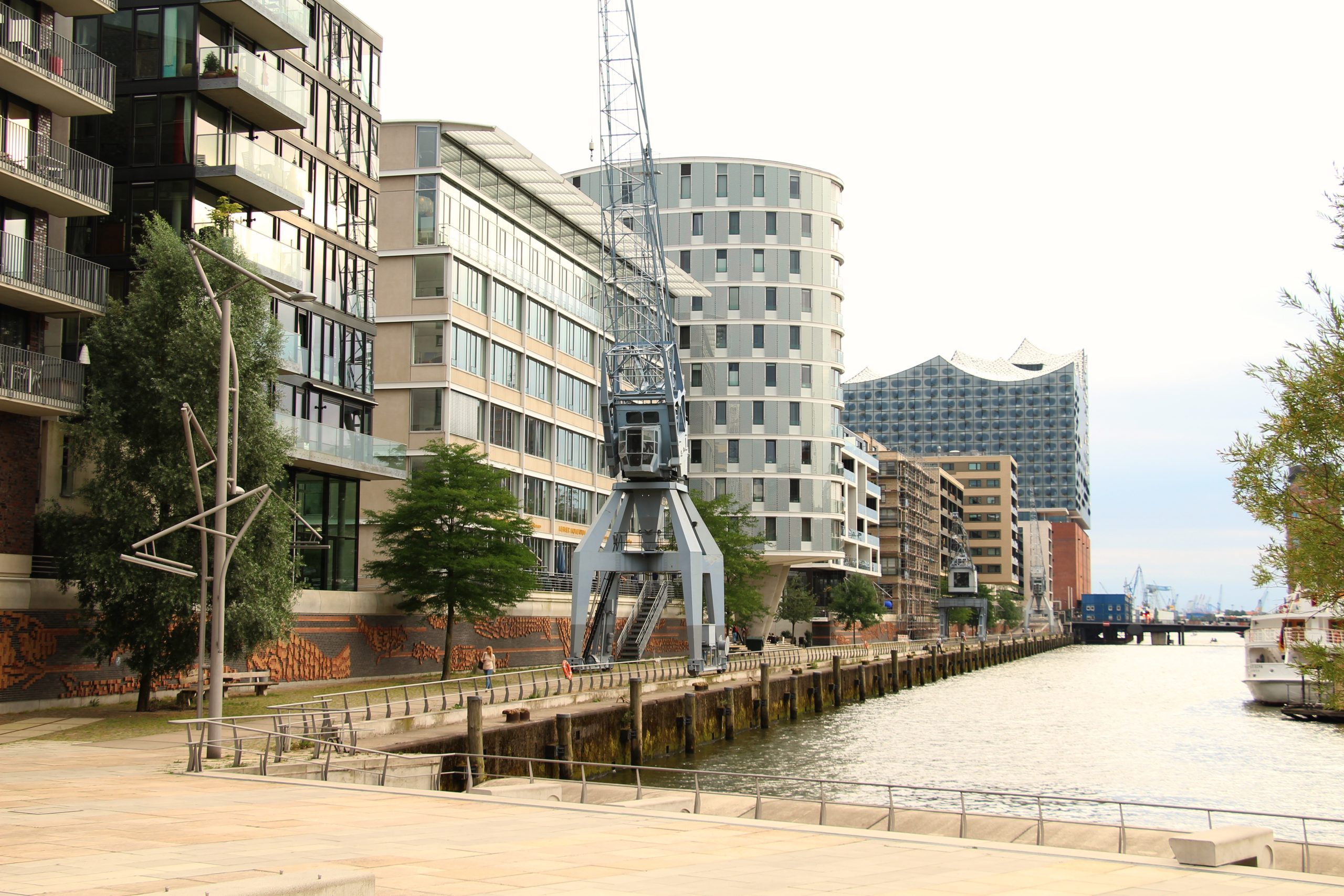
Billboard
Skyscrapper
Halfpage
Hamburg has topped the Smart City Index for three consecutive years, making it one of the world’s smartest cities. The Northern German harbour city has a comprehensive digital strategy. Read more about Hamburg here.
What makes Hamburg a smart city?
The Free and Hanseatic City of Hamburg is Germany’s second largest city with around 1.8 million inhabitants. 5 million inhabitants make up the metropolitan region. The city is Northern Germany’s economic and cultural centre. It regularly wins prizes for being both very liveable and very smart.
Hamburg’s Smart City Approach is visible in everyday life: smart technologies, interdisciplinary pilot projects and new architecture keep popping up in the ever-evolving city. A growth trend contributes to Hamburg’s success, based on a dynamic economy with many jobs, as well as a large selection of educational institutions. Currently, Hamburg’s city planning is focused on building more living space and opening up new development opportunities. Additional high-quality urban spaces by the wate with homes, jobs, leisure, and recreation are an important part of this vision.
The Smart City Index regularly examines all German cities of more than 100,000 inhabitants to determine their smartness. Administration, IT infrastructure, energy/environment, mobility and society are key categories here. Hamburg has won first place several times in a row, the last time being 2021. The Senate’s comprehensive digital strategy is partly responsible for this success.
Administration
Hamburg has a competence centre for urban data management. The city is planning to further digitise its administrative offer for citizens. Currently, it is already possible to vote and comment on urban planning projects online, make appointments for civil issues, and find key information online.
IT and communication infrastructure
Free WiFi and charging points in some of the city’s trains are part of Hamburg’s IT and communication infrastructure. Cologne and Munich are other German cities that score very well in this area. According to Bitkom, Hamburg impresses with its data platform and an Internet of Things network.
Energy and environment
Like Heidelberg and Stuttgart, Hamburg is a pioneer in providing an energy-friendly urban environment. This includes intelligent, twilight-dependent street lighting and smart rubbish bins. They indicate when they are due to be emptied. Electric vehicles dominate Hamburg’s public transport and the number of fast-charging points for private e-cars is above average. In the Bergedorf neighbourhood for example, there is a pilot project for e-car sharing.
Mobility
One of Hamburg’s strengths as a smart city is mobility. Smart traffic management, smart parking, as well as a comprehensive car sharing offer are omnipresent. A one-stop app allows users to choose the fastest route from all available means of transport and book the tickets. Autonomous driving is tested in Hamburg’s HafenCity. Multimodality and last-mile logistics are also important parts of Hamburg’s mobility strategy.
Society
Hamburg citizens can follow the sessions of the city parliament via a live stream. There is a large offer of participation tools, such as the innovative digital citizen participation platform.

Reallabor Hamburg
The Northern German city boasts a future mobility Lab called Reallabor Hamburg. Considering that Hamburg ranks particularly well in the mobility subranking (98.6 points out of 100), this is where the smart city element really shines. As part of the Reallabor, Hamburg is testing digital sustainable mobility offerings such as electric on-demand services. Importantly, these also include outer city areas, which are often overlooked in terms of smart mobility solutions.
From an autonomous HEAT minibus in Hamburg’s HafenCity to real-time traffic forecasts for cyclists and medical air freight by drone flight, Hamburg is a leader in innovative transport. By 2030, the city wants to achieve goals it set out in its 2016 “ITS Strategy”. This strategy includes the areas digital port and logistics solutions, automated and networked mobility, and sustainable solutions for citizens.
The “switch” app by Hamburg’s transport association HVV offers an all-in-one source for mobility services. Here, users can buy public transportation tickets, book a MOIA shared cab or reserve a sixtShare car.
Green city
Smart cities are also green cites, and Hamburg won the title of “European Green Capital” in 2011. The Hanseatic showed in recent years that it not only provides green spaces, but also innovative solutions for challenges such as rising water levels. The Zaha Hadid designed promenade close to the UNESCO heritage Speicherstadt can be flooded, for example, as can the city’s iconic Fischmarkt.
The new HafenCity project is the most prestigious development in the city. When completed, it will add 5,500 homes (some of them affordable housing), shops, parks, entertainment, schools, offices, and a university. Formerly, this site had been a large brownfield. The new neighbourhood will be walkable, transit-accessible, and compliant with the city’s strict green building standards.
The Wilhelmsburg neighbourhood south of the river Elbe is another showcase of green urban development. Some 50,000 residents benefit from environmentally as well as socially conscious projects. these include the conversion of a former bomb shelter into a renewable energy power plant, the installation of solar panels, and more green spaces.
Read more about the plans for a green bunker in Hamburg here













